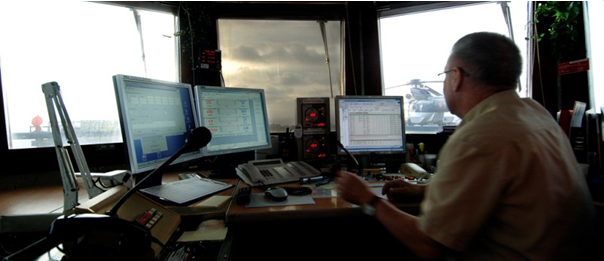Good operational control should focus on more than just the production efficiency. For energy efficient operations a system is required to monitor and follow-up the evolution ofKPIs, and carry-out maintenance so that energy-optimal performance can be sustained and improved over time.
Operational control shall be in accordance with the energy policy, including objectives, targets and action plans.
A key condition for success in energy management is that energy efficiency is integrated into the normal operating procedures, and not added as additional information or attachments.
Condition monitoring is common for rotating equipment and is an important tool for detecting deviations from optimum operation as early as possible. Use this also for energy-efficient operation. Thus, preventative measures are planned and implemented before the deviations become too large, which will provide benefits in relation to energy efficient operation.

![]() What should be done
What should be done
An energy-optimal operational control is three fold:
- Create criteria and routines for the efficient operation and maintenance - focus on areas with significant use of energy energy and other areas that may lead to large deviations from energy
- Operate and maintain facilities in accordance with the criteria and routines, identify discrepancies and take action for improvement.
- Train those working daily with operations and maintenance, and create arenas for experience transfer from shifts with a good energy performance of the others.
Energy Intensive operations (such as drilling) should be planned in advance, also in terms of energy consumption. It is sometimes possible to optimize the load on the gas turbines, and perhaps avoid starting up an additional gas turbine by sequencing energy intensive operations (e.g. put water injection on hold while drilling is in progress). This leads to increased efficiency, lower fuel gas consumption, reduced emissions and reduced costs.
![]() Who should be involved
Who should be involved
The energy team should establish the criteria in cooperation with the operations engineers and operators in the control room. By including all early in the process it makes implementation easier.
![]() What should be documented
What should be documented
The procedures for operations and maintenance shall be reviewed and include operational criterial for optimal energy performance.
![]() Challenges and opporunities
Challenges and opporunities
How to include management of energy in the operating procedures?
Pick out the most important procedures, based on the energy review, where improved energy management can have an important influence. Make it an integral part of operating procedures, not as an attachment. Include those who are in daily operation throughout the process of improving the procedures – they will be the ones who will implement them in the end.
![]() Energy management in practice
Energy management in practice
| Making turbine operations more efficient at Gyda |
|---|
|
Repsol had limited access to fuel gas, and wanted to avoid using a turbine on gas and a turbine on diesel all year round. At an internal workshop it was concluded that it was possible to operate a turbine continuously on gas and the other one on diesel only periodically, in connection with seawater injection. To achieve this, Repsol carried out an optimization of energy intensive processes, improved load management during periods of high power requirements as well as ensured acceptance of the risk for production downtime by just having one turbine in operation. This has led to major reductions in emissions (20 000 tonnes CO2 and 100 tonnes NOX per year), reduced environmental taxes (ca. 10 MNOK per year), as well as diesel savings of 40 MNOK per year. |
![]() Where do you find this in ISO 50001?
Where do you find this in ISO 50001?
- Chapter 4.5.5 - Operational control

